Rotational molding products are formed by the particles introduced into the rotational molding mold, which are rotated step by step into rotational molding products. So what are the factors and processes that affect the quality of the product during this process?
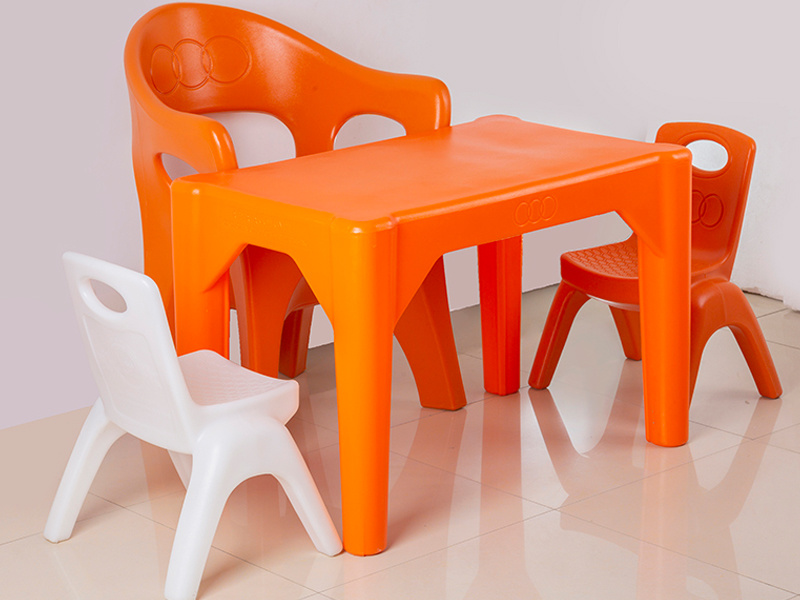
1. The typical morphology and temperature of bubbles during the processing and forming of rotational molded products. When the mold is fed into a preheated furnace at 300-400 ℃, the mixed powder in the mold gradually begins to be heated. When the temperature rises to the melting temperature of the polymer, the polymer powder begins to melt. The polymer melt flows with the rotation of the mold, enveloping the foaming agent and forming a foaming matrix, in which the foaming agent that has not yet begun to decompose is dispersed. It should be noted that if the polymer melt stops flowing and does not wrap well around the foaming agent, bubbles will form between the foaming agent and the polymer melt, which will have a negative impact on the bubble morphology. The foaming process of rotational molding products basically does not involve shear motion, so the zero shear viscosity of the polymer melt is an important rheological parameter during the polymer melting process. When the temperature of the polymer matrix is higher than the decomposition temperature of the foaming agent, the foaming agent begins to decompose, producing gas in the polymer matrix. This forms a bubble core.
2. Bubble growth occurs when the foaming agent decomposes to form bubble nuclei, which continue to grow into bubbles. It is worth noting that the bubble growth mechanism of the chemical foaming agent used in the foaming molding of rotational molding products is completely different from that of the physical foaming agent. Physical foaming is to inject a volatile liquid into the polymer melt under a certain pressure. When the pressure drops, the liquid in the polymer melt vaporizes to form foam. The pressure difference is the main driving force for bubble growth. The high-pressure gas inside the core causes the bubble to expand, but due to the pressure difference, some of the gas will dissolve in the polymer melt. The growth rate of bubbles is influenced by gas generation rate, gas dissolution rate, and polymer melt strength. Generally speaking, bubble growth is mainly influenced by bubble growth time, temperature, gas volume, fluid static pressure or polymer melt pressure, and the viscoelastic properties of polymer melt.
3. Bubble coalescence: As bubbles grow, adjacent bubbles coalesce. These adjacent bubbles are initially only connected and have a common bubble wall. As the void component increases, the bubble wall becomes thinner and the density of the bubbles begins to decrease. This is because as the strength of the bubble wall weakens, the bubbles become unstable and more bubbles gather together. According to the laws of thermodynamics, as the surface area of bubbles decreases, adjacent bubbles tend to coalesce. Foam materials with smaller bubble sizes and narrower bubble size distributions have better mechanical and thermal properties. Therefore, it is necessary to prevent bubble coalescence during the rotational foaming process to achieve the desired bubble core density. The main reason for bubble coalescence is the insufficient strength of the polymer melt. Melt strength can be defined as the ability of polymer melt to resist bubble expansion during the process of gas volume expansion and thinning of bubble walls. Therefore, the stability of the bubble wall increases with the increase of melt strength. The strength of the melt increases with decreasing temperature, so it is necessary to maintain a low temperature during the foaming process of rotational molded products to minimize bubble coalescence.


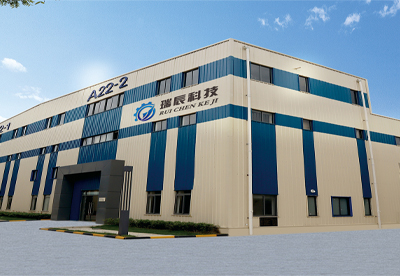

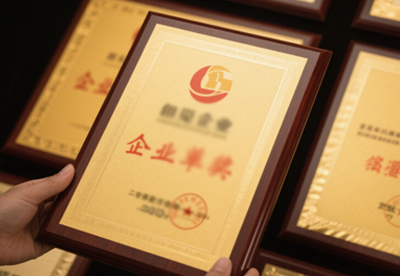
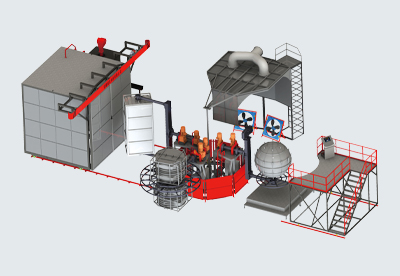
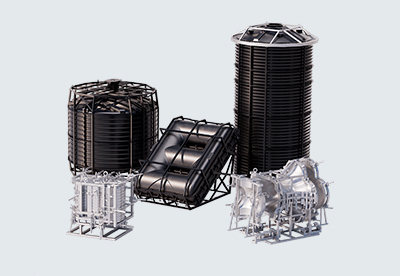
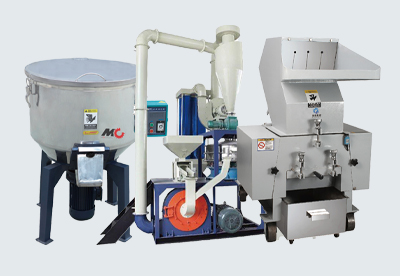
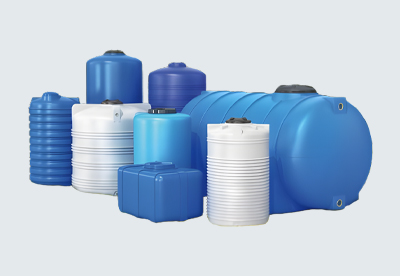

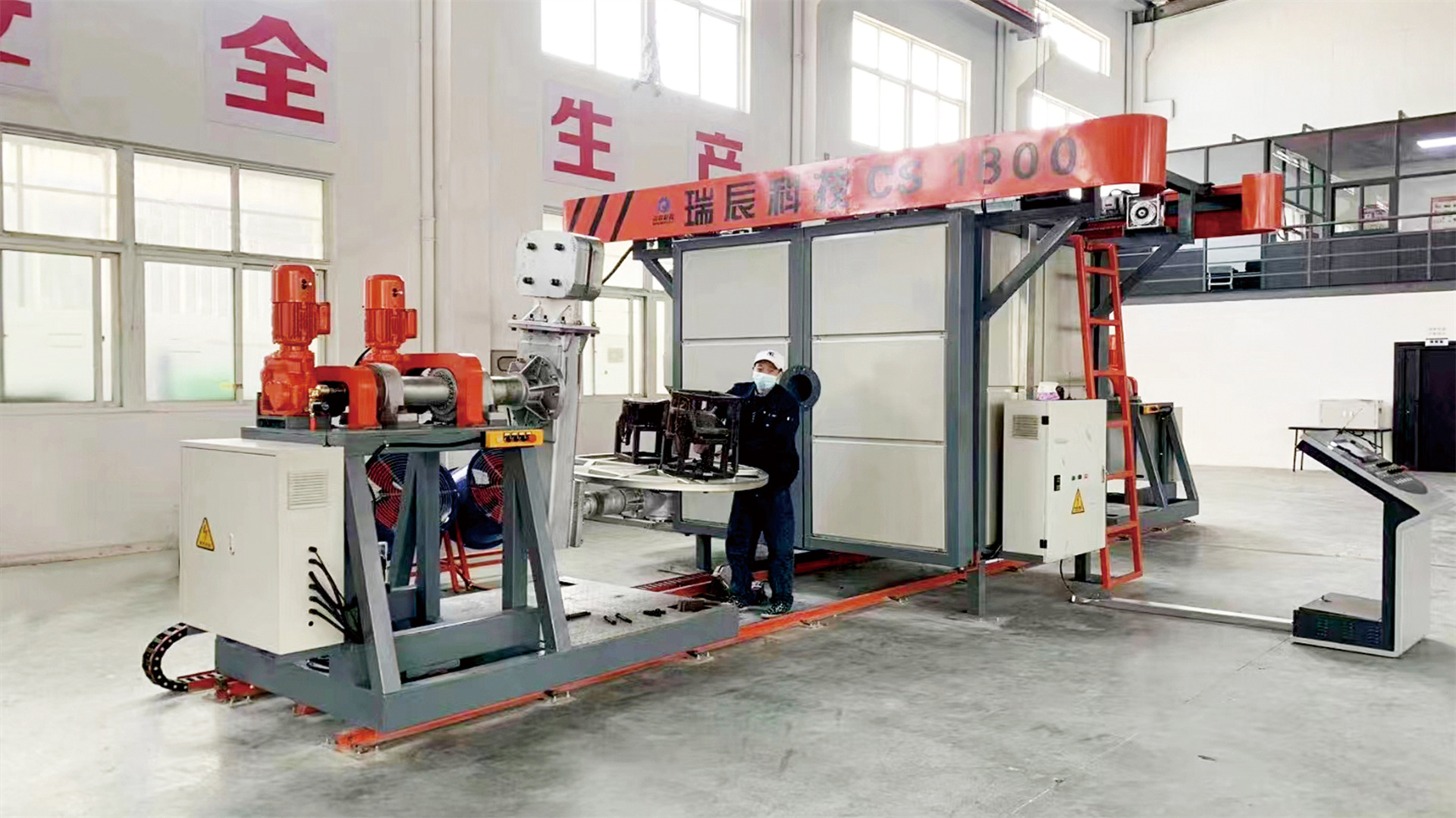
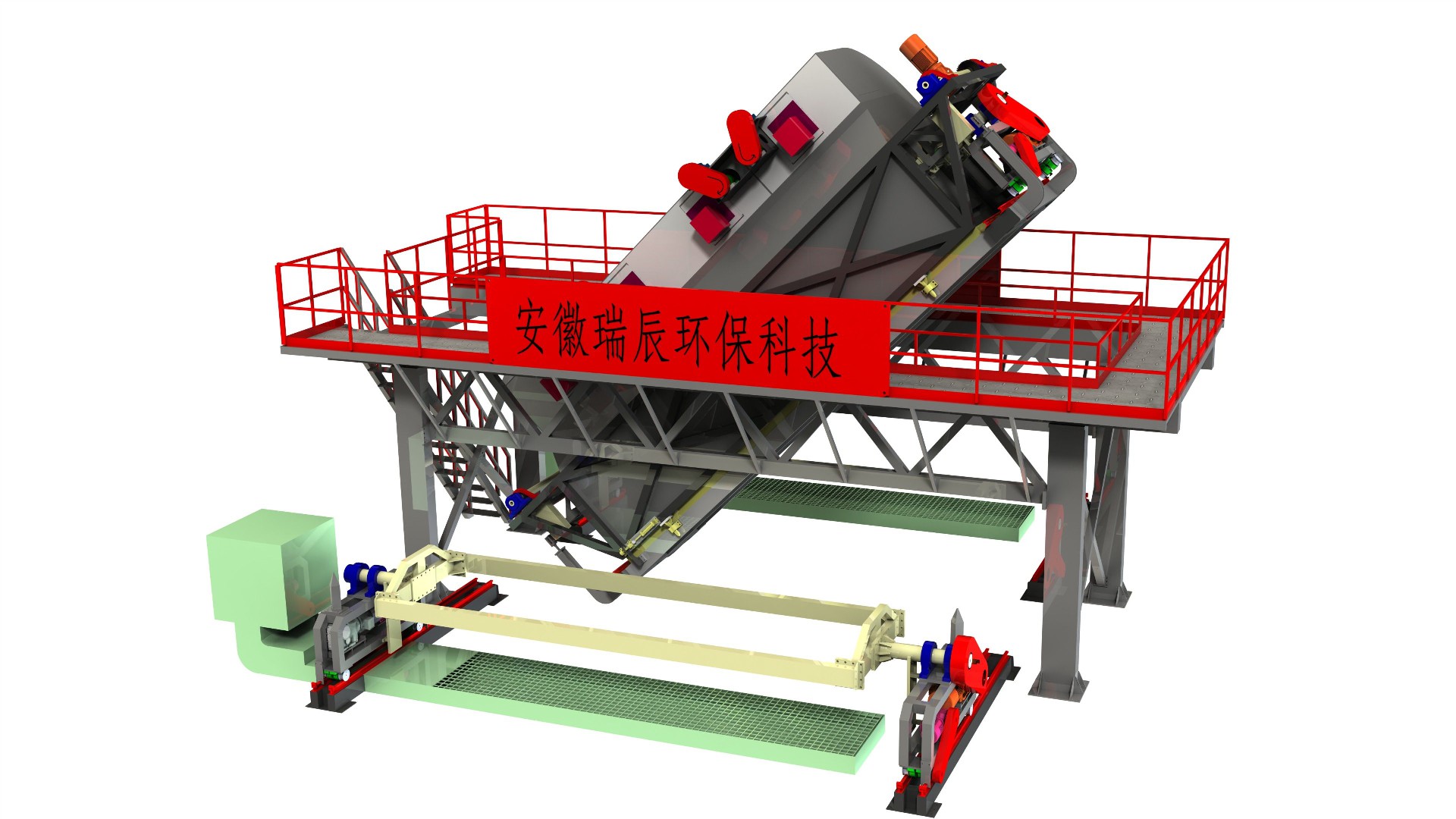





 Phone:
Phone: Add:
Add:

